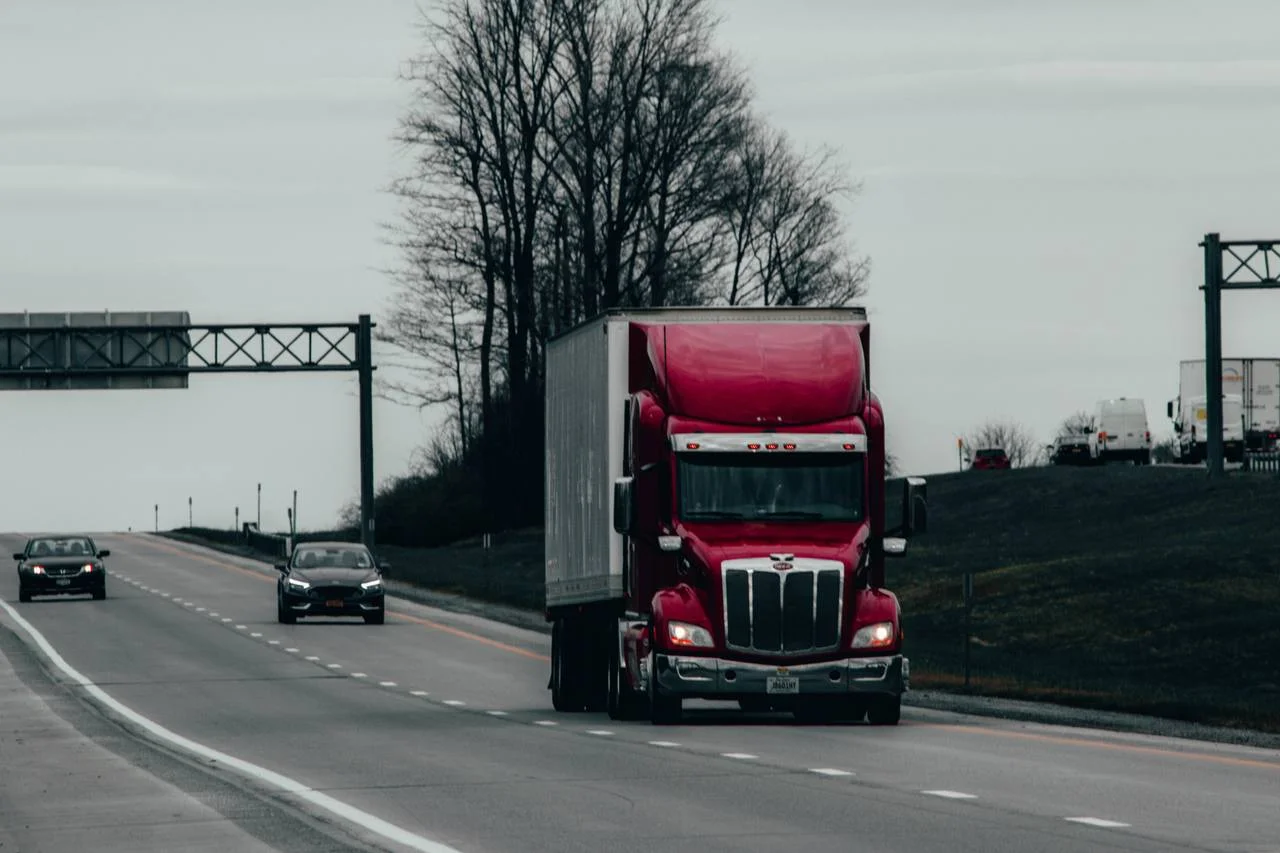How Florida’s Comparative Fault System Applies to Truck Accidents

On Florida’s busy highways, the coexistence of passenger vehicles and mammoth-sized trucks sometimes leads to inevitable accidents. When these accidents occur, determining fault can be a complex web of details and legalities. A cornerstone of this determination is Florida’s Comparative Fault System. Understanding how this system operates, especially in the context of truck accidents, is crucial for all drivers. Let’s unpack the intricacies of this system and its implications in truck-related collisions.
Grasping the Basics: What is the Comparative Fault System?
Florida’s Comparative Fault System — sometimes referred to as Comparative Negligence — is a method to determine liability in accidents where more than one party might share blame. Instead of a black-and-white assignment of fault, this system divides the responsibility among the involved parties based on their proportion of negligence.
How Does It Work in Truck Accidents?
Given the size, weight, and operation mechanisms of trucks, multiple factors and parties can play a role in an accident. The Comparative Fault System works to assess these nuances:
- Percentage of Fault: After investigating an accident, each involved party (or their insurance) might be assigned a percentage of fault. For example, a truck driver might be assigned 70% blame for not maintaining brakes, while a car driver might receive 30% blame for erratic lane switching.
- Compensation Reduction: If a party seeks compensation, their awarded amount will be reduced by their fault percentage. Using the above example, if the car driver sought $100,000 in damages, they would only receive $70,000 after the 30% reduction.
Factors Contributing to Fault in Truck Accidents
- Truck Operation & Maintenance: Issues like brake failure, tire blowouts, or overloaded cargo can indicate negligence on the part of the truck driver or the trucking company.
- Driver Behavior: This includes both the truck driver and other vehicle drivers. Factors like speeding, fatigue, driving under the influence, or distracted driving can contribute to fault.
- Road & Environmental Conditions: Poor road maintenance, inadequate signage, or extreme weather conditions can play a role, and responsibility might extend to entities like road maintenance authorities.
- Vehicle Defects: Sometimes, a manufacturing defect in either the truck or the passenger vehicle can contribute to an accident. In such cases, manufacturers might share the blame.
The Importance of Comprehensive Documentation:
Given the complexities and multiple variables in truck accidents, documentation is paramount:
- Photographs of the accident scene, vehicle damages, and any visible injuries.
- Witness testimonies and contact details.
- Police reports and medical records.
Having a robust collection of evidence can help in accurately determining fault percentages and ensuring fair compensation.
Conclusion
Florida’s Comparative Fault System brings a nuanced approach to determining liability in truck accidents. For anyone involved in such a collision, understanding this system is crucial. Whether you’re a truck driver, a passenger vehicle driver, or even a pedestrian, being informed of your rights and the legal landscape can guide your actions post-accident. And in these complex scenarios, consulting with a knowledgeable attorney can offer clarity, ensuring a just and equitable resolution for all parties involved.
